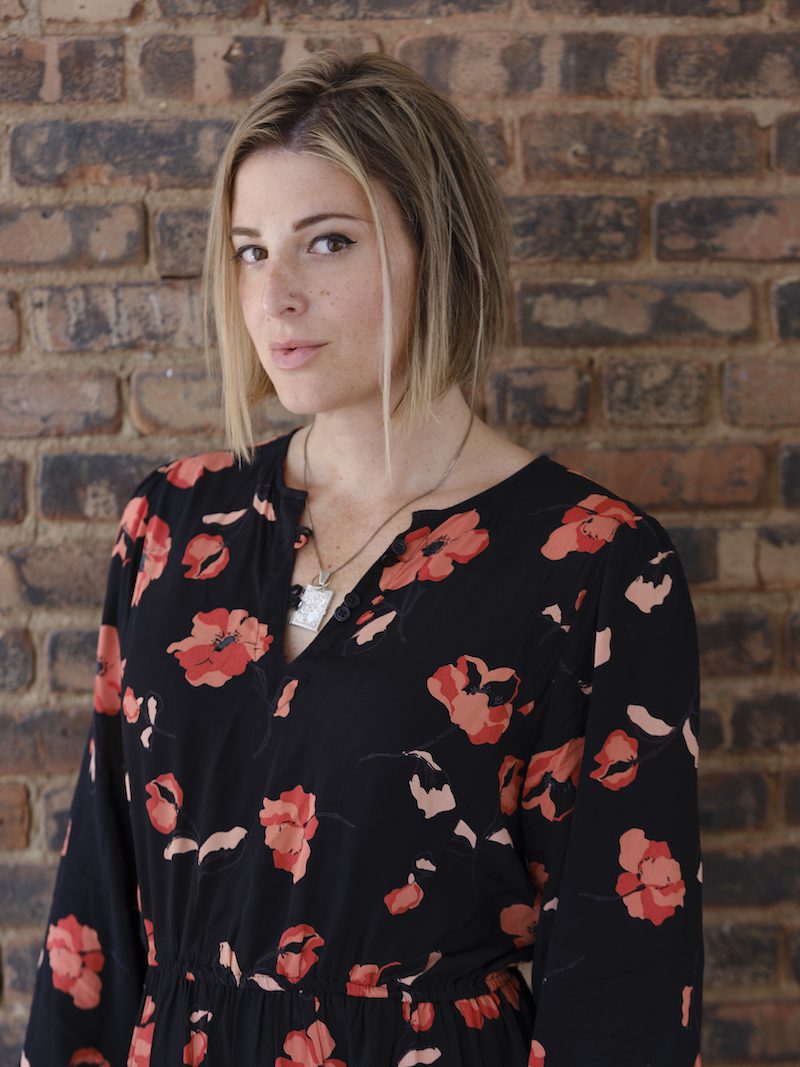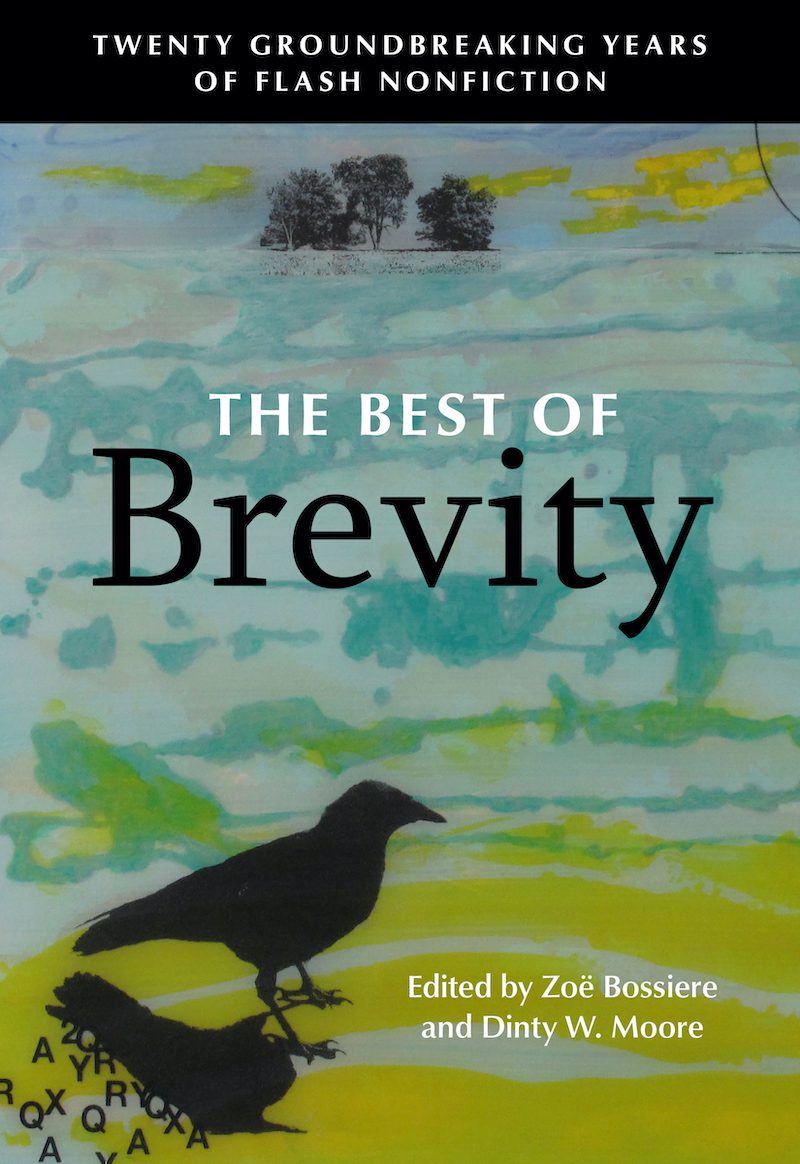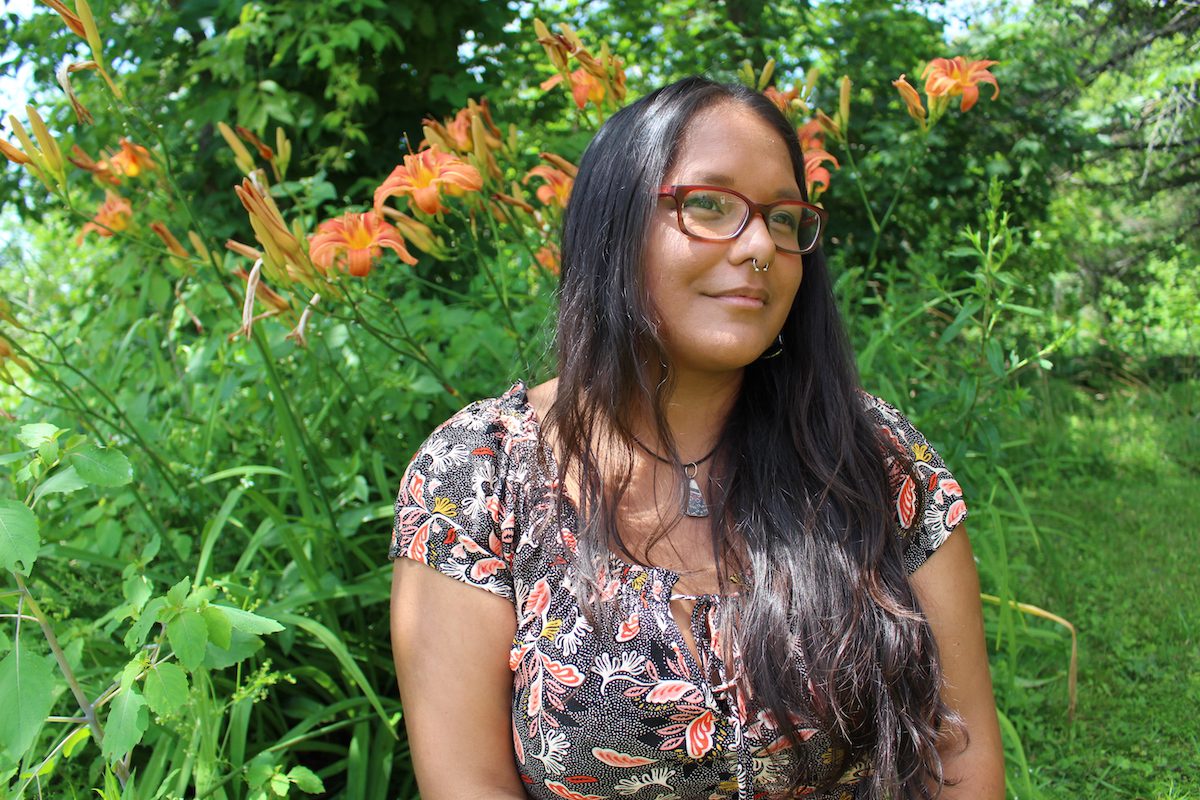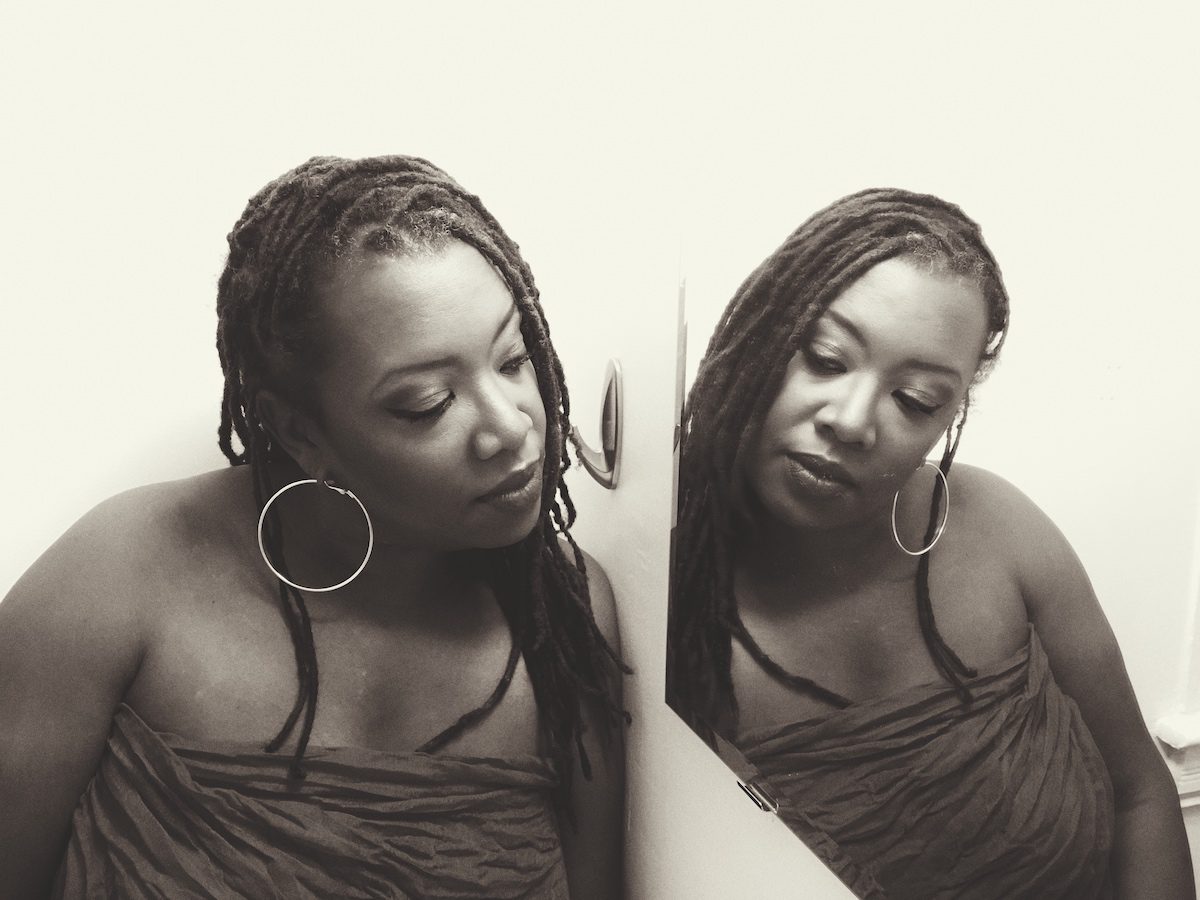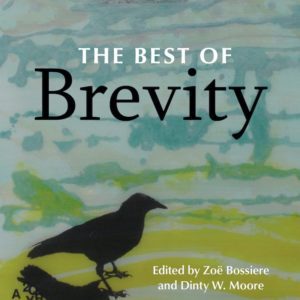
The Best of Brevity: Twenty Groundbreaking Years of Flash Nonfiction, out from Rose Metal Press today, seeks to answer the question, “How much of the human experience can fit into seven hundred and fifty words?” This anthology features eighty-four flash essays from among the hundreds published over nearly twenty-five years on the popular online literary magazine Brevity: A Journal of Concise Literary Nonfiction, chosen by editors Zoë Bossiere and Dinty W. Moore.
In celebration of this release, I brought together three of my fellow Best of Brevity essayists—Jaquira Díaz (“Beach City”), Danielle Gellar (“Blood; Quantum”), and Torrey Peters (“Transgender Day of Remembrance: A Found Essay”)—for a conversation. We talked about the glories and limits of the flash form, and about our experiences working with editors who don’t share our backgrounds.
***
Deesha Philyaw: What prompted you to submit your essay to Brevity? Are you a fan of the flash nonfiction form?
Jaquira Díaz: I love flash (or brief) nonfiction and have been reading Brevity for years. I am always amazed by what you can do in creative nonfiction, particularly brief nonfiction, and how you can use the mechanics of fiction or poetry or journalism or criticism (or pretty much any other genre) and a piece can still be creative nonfiction. I think the genre lends itself to experimentation, and this is what I love most about it.
When I started writing “Beach City,” I was in the middle of writing my memoir, Ordinary Girls. I wanted to capture a moment of teenage abandon, but also to show all the ways our Miami Beach was a place full of complications and contradictions. How it was both a working class neighborhood and also filled with tourists. How it was both beach and city, glamorous and grimy. I wanted to write a moment that resonated but that was also simple, where it seemed that nothing happened, but everything was happening.
Torrey Peters: I never intended [my] essay to be an essay. It began as a Facebook post, written in anger at the steady drumbeat of trans womens’ deaths. When I posted it, I did so somewhat aggressively, with the idea of injecting a block of horrifying text [into] the timelines of people who followed me, in order to shock them into awareness. I spent the late hours of Trans Day of Remembrance in 2014 looking up the data compiled by a couple different transgender advocacy organizations on trans people murdered [that year], and I arranged that data into the essay.
These days, I don’t think I would create an essay that way—both because I no longer find much personal use in being angry on social media, and more importantly, because I’m no longer as confident that I’m the right person to speak on those deaths.
However, social media being what it is, that 2014-era post went somewhat viral and ended up attracting the notice of Silas Hansen, who was guest editing an “Experiences of Gender” special issue of Brevity. He asked to include [my Facebook post] as an essay in the issue.
The funny thing is that I had always admired Brevity and the writers in it. In fact, I wrote a couple of flash essays that I submitted to Brevity and that were rejected (rightly so, I’m sure). As a novelist, I have a tendency towards more digressive modes. Only when I let other voices speak for themselves did I manage something like brevity, and even then, unintentionally.
Danielle Geller: Like Torrey, I have always admired Brevity and what its contributors have been able to accomplish inside a seven-hundred-fifty-word constraint. I began submitting essays to them ten years ago, as an undergrad, when one of my faculty mentors introduced me to the publication. At AWP one year, I walked up to Dinty Moore at the Brevity booth and was like, “Ahh! I just submitted an essay to your publication!” I wasn’t trying to network or get eyes on my piece; I was just that embarrassingly excited.
The first draft of my essay, “Blood; Quantum,” was a longer, muddled response to a document, my Certificate of Indian Birth. In the early drafts, there was more information about the CIB, census records, and even documents surrounding my adoption and birth, but a lot of that was cut and sharpened when I heard about the “Race, Racism, and Racialization” student contest Brevity was holding for its fall 2016 issue. I was in the first year of my MFA at the time, and the contest’s constraints—both the theme and the word count—gave me a better framework for the story I was trying to tell. Paring a longer essay down to seven hundred and fifty words is one of my favorite ways to approach revision because it feels like I gain more control over what I am trying to say.
Philyaw: Let’s talk about the constraint of the word limit. Until I wrote “Milk for Free,” my contribution to the special “Experiences of Gender” issue, I had always chafed against the flash form. The first writing class I ever took was a flash fiction class, and I struggled. I felt like brevity and me weren’t meant to be, in fiction or nonfiction. But like Danielle, I benefited from the combination of the theme and the word limit; my essay came right into focus. And I was satisfied with it, a first for flash and me. So, I’m wondering how we determine that we’ve done enough in those seven hundred and fifty words (or however “flash” is being defined), that what we’ve created is fully formed? I’ll be honest: I had no idea at the time I submitted my essay. Now, I would say that I know a piece of flash is working if it raises questions of further interest, but not confusion. How do you know when seven hundred and fifty words (or whatever word count you’re given) is enough, versus when what you’re writing needs to take a different form?
Díaz: I have to say I feel similarly—if a piece feels finished, and the reader is left with interesting questions but not confused, questions that engage with the work and make a reader think about meaning [then the work is done]. You can do a lot in seven hundred and fifty words—you can capture a moment, a period, or a lifetime. But in the end, the question I ask myself is: Have you said what you came to say?
Philyaw: If you could write a follow up or companion to your essay that’s in the Brevity anthology, what would it be about?
Díaz: I wrote a bunch of companion essays and put them in Ordinary Girls, [which is] about growing up in Puerto Rico and Miami Beach with a mother who suffered from mental illness and addiction, about surviving sexual violence, about my own mental illness, and about the ordinary girls that saved me.
I expanded “Beach City” in Ordinary Girls. I moved beyond that moment to capture the time period, what happened before, what happened after.
Geller: Like Jaquira, I kind of wrote a couple of companion essays, which later became scenes or chapters in my forthcoming book, Dog Flowers. It’s a book about loss and family and identity and is, like “Blood; Quantum,” told through the lens of documentary artifacts. Pieces of my Brevity essay are woven into my memoir because, in some ways, I didn’t feel finished with it quite yet.
Peters: One of the aspects noted in the data that became my essay is how frequently the victims of trans violence are women of color. I appreciate that the NGOs collecting the data have arrived in a place where race is recognized as an important detail. However, what most trans women widely acknowledge, but which isn’t highlighted in the way data is collected, is that many of the women killed in this list were also sex workers and were murdered while doing their work. This question of sex work is often obscured by people in the reporting on the murders of trans women, because it’s considered to be insulting to the dead—or worse, that the women having done sex work might be construed as somehow justifying the murder. Fine, she was murdered, but wasn’t she, a prostitute, asking for it? Yes, trans women are murdered, but especially trans women of color, and not only trans women of color, but especially trans women sex workers of color. The obvious move is to talk about this with an intersectional lens, but if I am to adopt that lens, I would like to address what, even in this horrific list, still remains unsaid, still lies beyond even the impulse for data collection.
Philyaw: Race, heritage, gender, class, or some combination of these, factor into all of our bodies of work, to varying degrees. What have been the highs and lows for you of navigating relationships with editors who do not share your background or experiences?
Peters: My highs: I was associated with a trans literary moment called “t4t,” (trans for trans) in which the trans writers imagined as our audience trans readers. This is a little bit like the trans version of how Toni Morrison said, “I write for Black people.” When I imagined a trans audience, I never had to slow down to explain myself, and in fact, in imagining a trans audience the bar gets set higher: trans people are bored by the kinds of things that delight cis people, and so I have to reach higher to find the things that can surprise even the most jaded trans person. It has been a pleasant to discover that when I clear that bar, cis people are equally surprised (they just didn’t know to ask for it).
My lows: I’m the one of first trans women on a Big Five press to publish fiction about trans women. Before that, I self-published, waiting for this moment, when publishers have come around to see things the way I do: that trans readers are as important as cis readers. Most of my friends still self-publish, and I don’t think it has to do with the quality of their work.
Díaz: I consider myself very lucky to have my editor at Algonquin, Kathy Pories. Working with her on Ordinary Girls was such a positive experience. She was so supportive of my vision for the book, rather than trying to turn the book into something that would be palatable to a white audience. I was able to have conversations with her about what I wanted, what my vision was, and she would read and give me notes on how best to accomplish that.
It was liberating to work with Kathy, considering my previous experiences: I had just had a very negative exchange with an editor at a top-tier magazine. They had accepted an essay I submitted, but then gave me edits that I absolutely did not agree with. They rewrote every single sentence, erasing all the Spanish, and even using language I’d never use, trying to translate not just language, but also culture, for a white audience. They italicized all the Spanish words. When I rejected these edits, they asked me to include a glossary for their readers. I withdrew the piece and explained why. This whitewashing happens all the time to writers of color, bilingual writers, and Latinx writers. It’s happened to me so often I decided I would never send work to that magazine again.
Geller: So far, in my career, I’ve experienced a lot of highs. I am normally averse to any amount of confrontation, but I’ve never shied away from initiating conversations about how my work will be represented on the page. In the initial proof for my Brevity essay, for example, the Navajo words were italicized, but it was important to me that they weren’t. The editors didn’t challenge that request at all. And my editor, Nicole Counts, at One World, the imprint that is publishing my memoir, runs everything past me if she’s uncertain about my perspective. I’ve felt very lucky, but I’ve also pushed myself to be my own advocate.
Philyaw: What’s your favorite line from your Best of Brevity essay, and why? Mine is, “Good girls don’t. Black girls will. Keep your legs closed. Don’t let the boys fool ya. There’s nothing we can do.” I chose this line because it encapsulates my experience growing up with an awareness of myself as a person with a gender. I felt vulnerable, prone.
Geller: I love this question as an exercise of being kind to ourselves! I think my favorite line would be: “What the certificate proves is almost nothing.” There is this idea that documents or records hold evidentiary value, that they can be used to reveal some inaccessible truth. But actually documents are just as open to interpretation as memory, and I’ve had to remind myself of that repeatedly as I write and work.
Díaz: This is a hard one. I think I have to go with this one: “We knew what it meant to bloody our knuckles here, to break teeth here, to live and breathe these streets day in, day out…” I think these lines capture what I was trying to show—Miami Beach as this place that was full of contradictions, that was not just a decadent playground for tourists, but that was also home.
Peters: Because the words in my essay are not my own and because they are explicitly not lovely, I feel it would be perverse to call any of them my favorite. So I hope it’s okay if I choose from another beautiful essay in this collection, Julie Hakim Azzam’s “How to Erase an Arab”: “It’s bad to lie your way through life. But this is easier, better. What’s worse is how it keeps happening. We build it—our lives, a city, a home—we break it down. Over and over.”
She wrote these words about herself as a Palestinian, and I chose them as my favorite, because even though I am not a Palestinian, I feel a sharp recognition when I read them, and that recognition is why I come to essay.
***
Credits listed in order of appearance: Photograph of Jaquira Díaz by Maria Esquinca. Photograph of Torrey Peters by Natasha Gornik. Photograph of Danielle Geller by Marie Hathaway. Photograph of Deesha Philyaw by Vanessa German.


